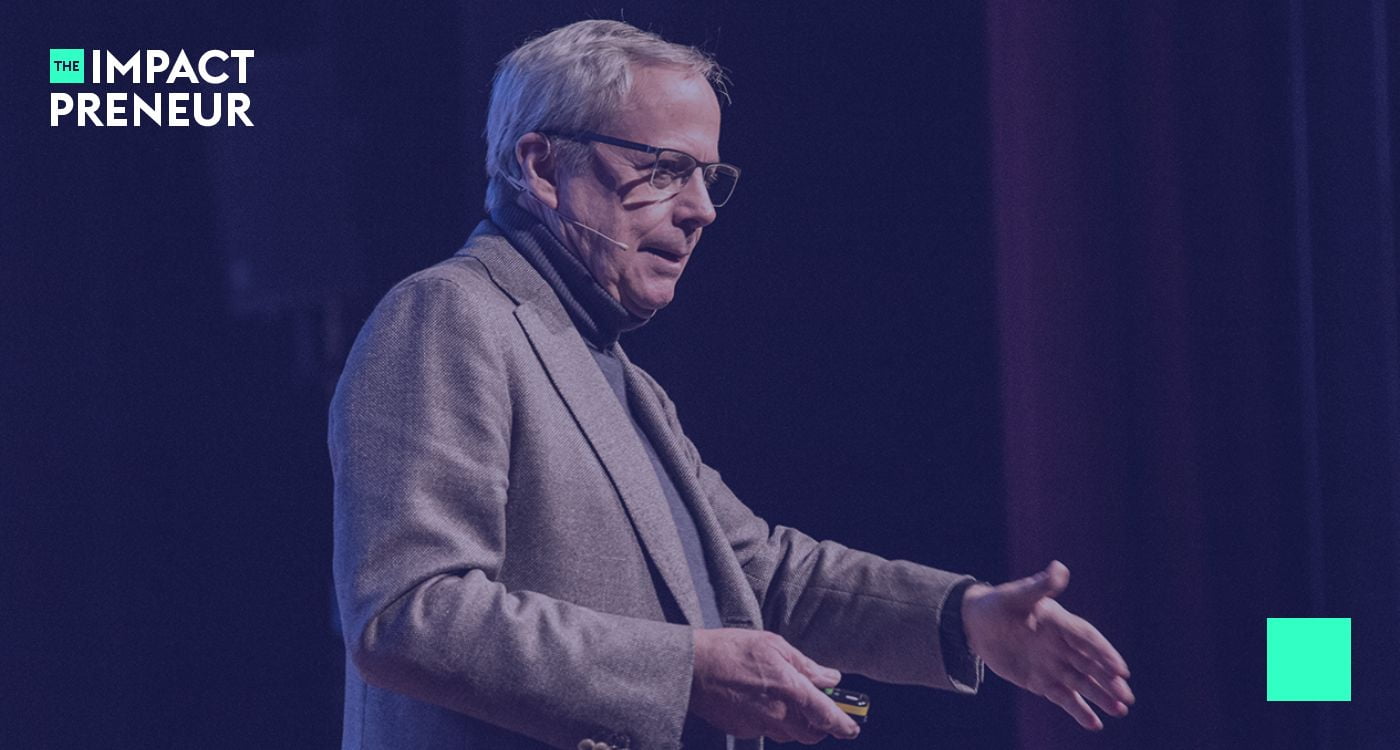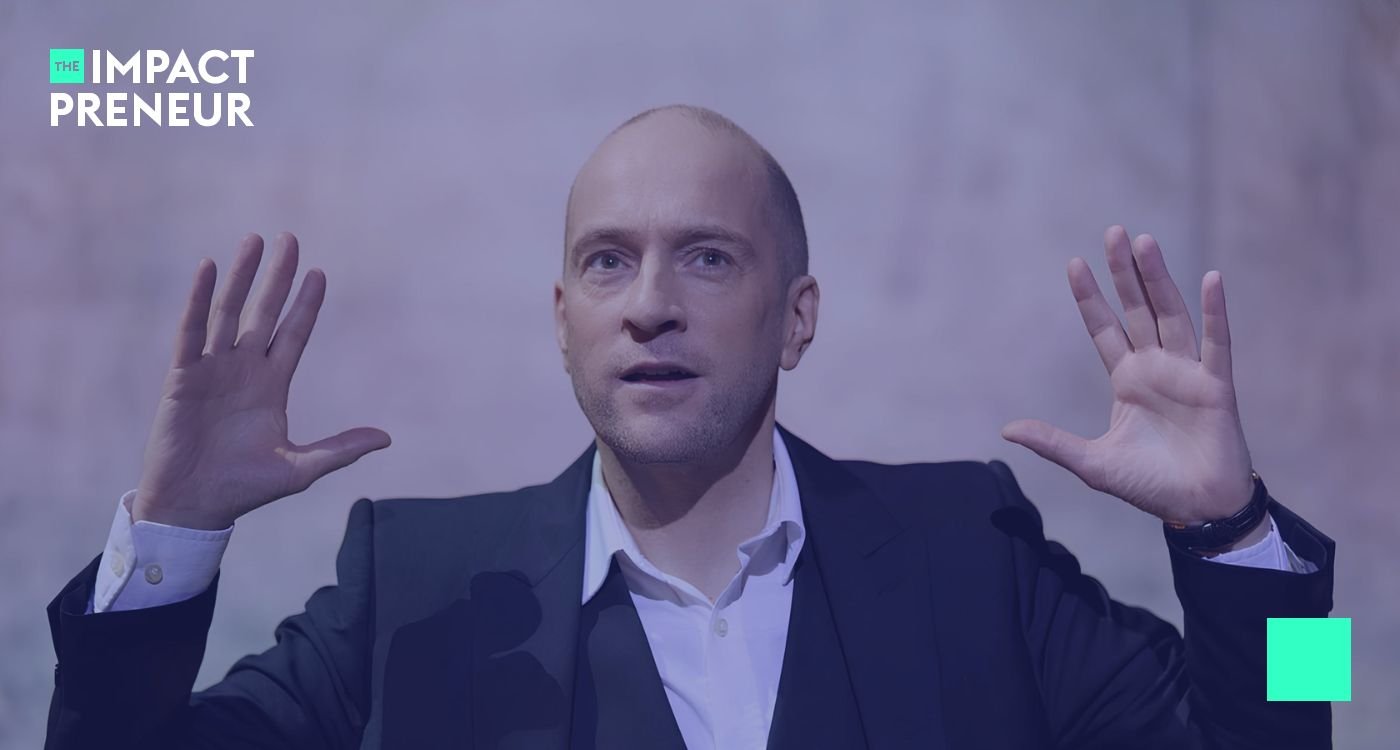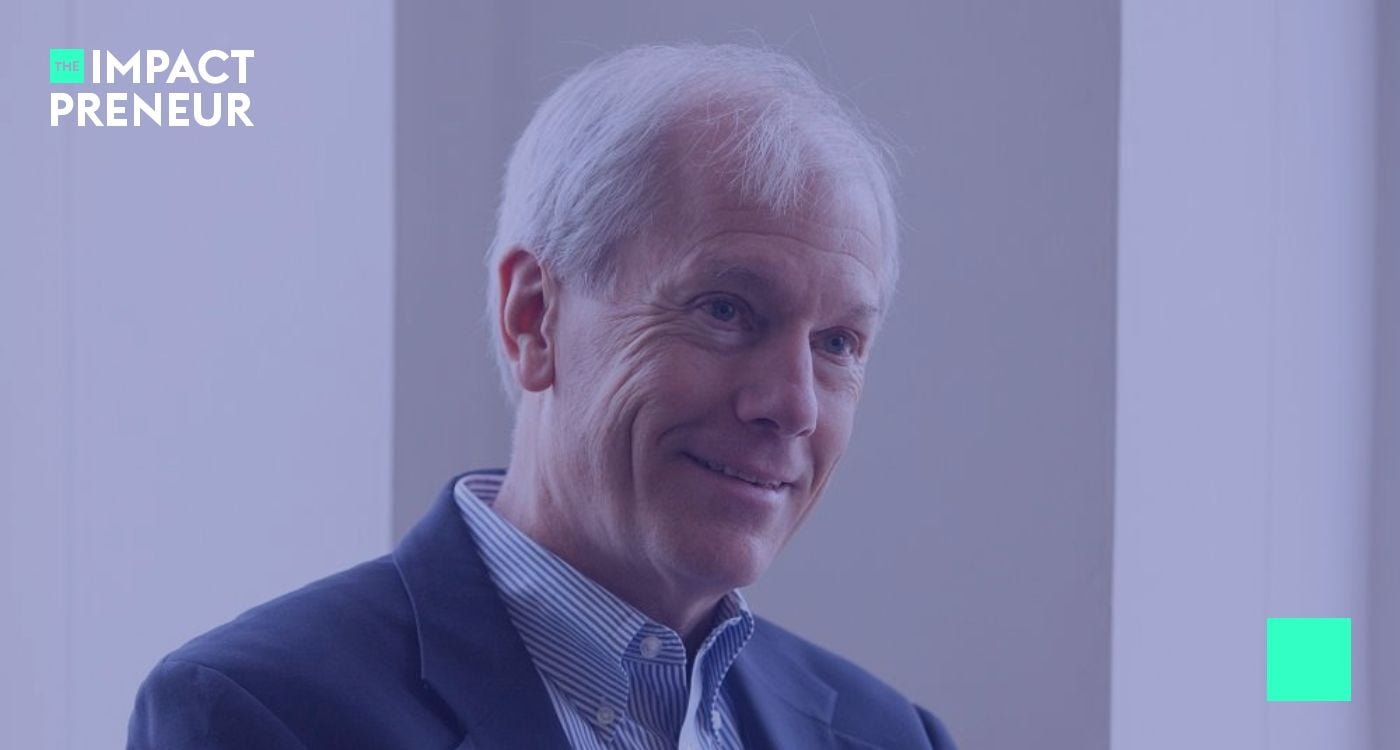Photo: David Allen | Source: Getting Things Done
In the choppy waters of daily life, finding your zen amidst the chaos can seem like a tall order. David Allen, a productivity consultant and author known for his groundbreaking work, "Getting Things Done," shares a tale of near-disaster at sea with his then-girlfriend (now wife) that isn't just a nail-biter; it's a roadmap to mastering life's squalls with ease and grace. Let's discover how you can harness this serene focus in your everyday life, turning turmoil into tranquility.
Quick Bites:
- Embrace the calm clarity crisis can bring—without the crisis.
- True productivity? It's all about engaging with what truly matters.
- Empty your mind onto paper and marvel at your newfound focus.
- Transform your to-do list from a tyrant to a tool that truly serves you.
The Zen of Crisis
"Almost simultaneously, we both looked up at one point, and notice the most incredible, dramatic, beautiful full moon. And amidst all that chaos, we actually had the experience of this wonderful zen-like peace."
This profound moment shared by David Allen during a perilous night at sea off the coast of Santa Cruz Island serves as a powerful metaphor. In the midst of potential disaster, he and his partner found a moment of profound peace and clarity. It's a state many of us have experienced in moments of high stress: a hyper-present awareness where time seems to stand still, and we're completely engrossed in the now.
But why wait for a crisis to tap into this potent state of mind? David's insight into finding peace amidst chaos without the precipitating peril is a call to action. Imagine being able to enter "the zone" at will, channeling the same focus and engagement without the storm. This isn't just about productivity for productivity's sake; it's about cultivating a quality of presence that can transform how we navigate life's challenges, turning our daily tasks into opportunities for mindfulness and growth. The key to unlocking this state doesn't lie in summoning storms but in understanding how to harness the calm they can induce.
"Crisis can actually produce a kind of calm that's rare to find sometimes. Why? It demands it."
Embracing this perspective requires a conscious decision to view our engagements as opportunities for zen-like focus. It's about finding the eye of the storm within ourselves, regardless of the external chaos. By cultivating this inner tranquility, we not only navigate life's challenges more effectively but also discover a deeper sense of satisfaction in our daily endeavors. This is the essence of stress-free productivity: a state of engagement where every task, no matter how mundane, becomes a path to mindfulness and presence.
By viewing our tasks through the lens of engagement rather than mere completion, we shift our relationship with our to-do lists, projects, and even life's unexpected hurdles. It's a shift from reactive to proactive, from scattered to centered. This approach not only enhances our productivity but enriches our overall experience of life, offering a sense of peace amidst the whirlwind of our daily obligations.
The Productivity Paradox
At first glance, productivity seems to be all about doing: more tasks, more efficiency, more, more, more. Yet, David turns this notion on its head. "Getting things done" is not about getting things done. It's really about being appropriately engaged with what's going on." This redefinition shifts the focus from quantity to quality, from busyness to effectiveness.
Consider the myriad distractions and commitments vying for our attention. In the relentless pursuit of doing more, we often find ourselves spread too thin, disconnected from the very tasks we're trying to accomplish. David proposes a different approach: appropriate engagement. This isn't about disengaging from life's responsibilities but about choosing where to invest our attention and energy consciously.
But how do we determine what "appropriate engagement" looks like in practice? It starts with a willingness to pause and assess our commitments through a lens of personal and professional alignment. Are the tasks on our plate truly serving our goals and values, or are they merely keeping us busy? By prioritizing engagement over sheer activity, we open the door to a more intentional and fulfilling approach to productivity.
This paradigm shift invites us to view our to-do lists not as tyrants demanding our obedience but as tools to help us navigate our priorities more mindfully. It's a journey from feeling perpetually behind to moving forward with purpose and clarity. In embracing the productivity paradox, we find that less can indeed be more: less clutter, less stress, and more focus, more fulfillment.
Crafting Your Calm
David doesn't just philosophize about the potential for stress-free productivity; he offers concrete strategies to achieve it. The first step? Get everything out of your head. That's right, every task, every nagging thought, every "I should really..."—write it down. This simple act of capturing thoughts, tasks, and commitments on paper (or digitally) can work wonders for our mental clarity. It's like decluttering a crowded room: with the mess out of the way, we can finally breathe and see the way forward.
Once we've externalized our mental clutter, the next step is to clarify our intentions and actions. "What are you actually trying to achieve, and what's the next step to get there?"
By breaking down our commitments into clear, manageable actions, we transform overwhelming ambiguity into focused direction. But crafting calm doesn't stop there. Regularly reviewing and adjusting our commitments is crucial for maintaining alignment with our goals and values. Life is dynamic, and our priorities and capacities change. By staying adaptable, we ensure that our engagements remain relevant and enriching, rather than becoming sources of stress and distraction.
Ultimately, crafting your calm is about more than just managing tasks; it's about cultivating a mindset of mindful engagement with every aspect of our lives. It's a practice of returning to the present moment, again and again, choosing to focus not on the storm around us but on the calm within. This is the heart of stress-free productivity: a serene, centered approach to life's inevitable challenges.
Setting Sail: Actionable Steps to Take Today
Starting on a stress-free productivity doesn't require a complete overhaul of your life; it starts with small, intentional steps. Here's how to begin:
- Capture Everything: Keep a notepad or use a digital tool to write down every task, idea, or concern that comes to mind. The goal is to clear your mental space by externalizing what's occupying it.
- Define and Refine: Review your list and for each item, determine the desired outcome and the next action step. This process transforms vague worries into concrete plans, making them easier to tackle.
- Create Your System: Organize your outcomes and actions in a way that makes sense to you. It could be a digital app, a planner, or a series of lists. The key is to have a clear overview of your commitments and priorities.
- Practice Mindful Engagement: Regularly check in with yourself to ensure you're focusing on the right tasks at the right time. This ongoing practice of alignment ensures that your actions are always in service of your broader goals and values.
- Embrace Regular Reviews: Make a habit of periodically reviewing your system and commitments. This not only helps you stay on track but also allows you to adapt to life's ever-changing landscape.
By adopting the principles of stress-free productivity, we're not just learning to survive the storm; we're learning to sail with confidence, grace, and a deep sense of purpose. The horizon is wide open, and the seas, while sometimes stormy, are full of possibility.
Questions on the Topic
Q: What's the secret behind stress-free productivity?
A: It's not about ticking off tasks on your to-do list; it's about being appropriately engaged with what's happening around you. Ever noticed how in a crisis, you're in the zone, completely absorbed and somehow at peace amidst the chaos? That's the vibe we're aiming for - without the crisis part, of course. It's all about finding that zen-like peace in the daily grind. Sounds nice, doesn't it?
Q: How can a crisis actually make us calm?
A: Counterintuitive, right? But here's the scoop: a crisis demands our full attention, stripping away the non-essentials and forcing us to live in the moment. It's the ultimate forced clarity, making us super focused on the outcome. We've all been there - when the chips are down, somehow, we find our groove. The real trick, though, is capturing that calm without the near-shipwreck experience.
Q: What does 'appropriate engagement' mean?
A: When you're so in tune with what you're doing that everything else fades away, that's appropriate engagement. It's not just about doing things; it's about being fully present and engaged with the task at hand, whether it's listening to a presentation or petting your cat. It's about not having your mind race about a million other things you could be doing. Easier said than done, but oh, so worth it.
Q: Why do we feel overwhelmed and how can we overcome it?
A: Ever felt like you're juggling while riding a unicycle, on a tightrope? That's modern life for you. David Allen points out that our brains are bombarded with stuff - emails, to-dos, and all those "I should really..." thoughts. The key to overcoming this overwhelm? Get everything out of your head and into a system you trust. Write it down, make decisions on next actions, and voila! You've got yourself some psychic bandwidth back. It's about creating space to breathe and be creative, rather than trying to remember if you've fed the cat.
Q: What's the real challenge in managing our tasks and commitments?
A: The toughest job we have is defining what our work actually is. It's not the doing that gets us; it's deciding what needs to be done and committing to it. This involves asking ourselves what the desired outcome of each task is and what the very next action step should be. It's a simple concept but transformative in practice. It's about making the invisible visible, and boy, does it make a difference.
Q: How can we ensure we're making the best use of our time and energy?
A: It's all about regular reviews and updates to your system. Life's a moving target, and what was important yesterday might not hold the same weight today. By frequently reassessing your priorities and commitments, you ensure that you're always working on what truly matters. It's not just about being busy; it's about being effectively engaged with your life and work. Remember, it's not the time you have; it's the energy and focus you bring to that time.




